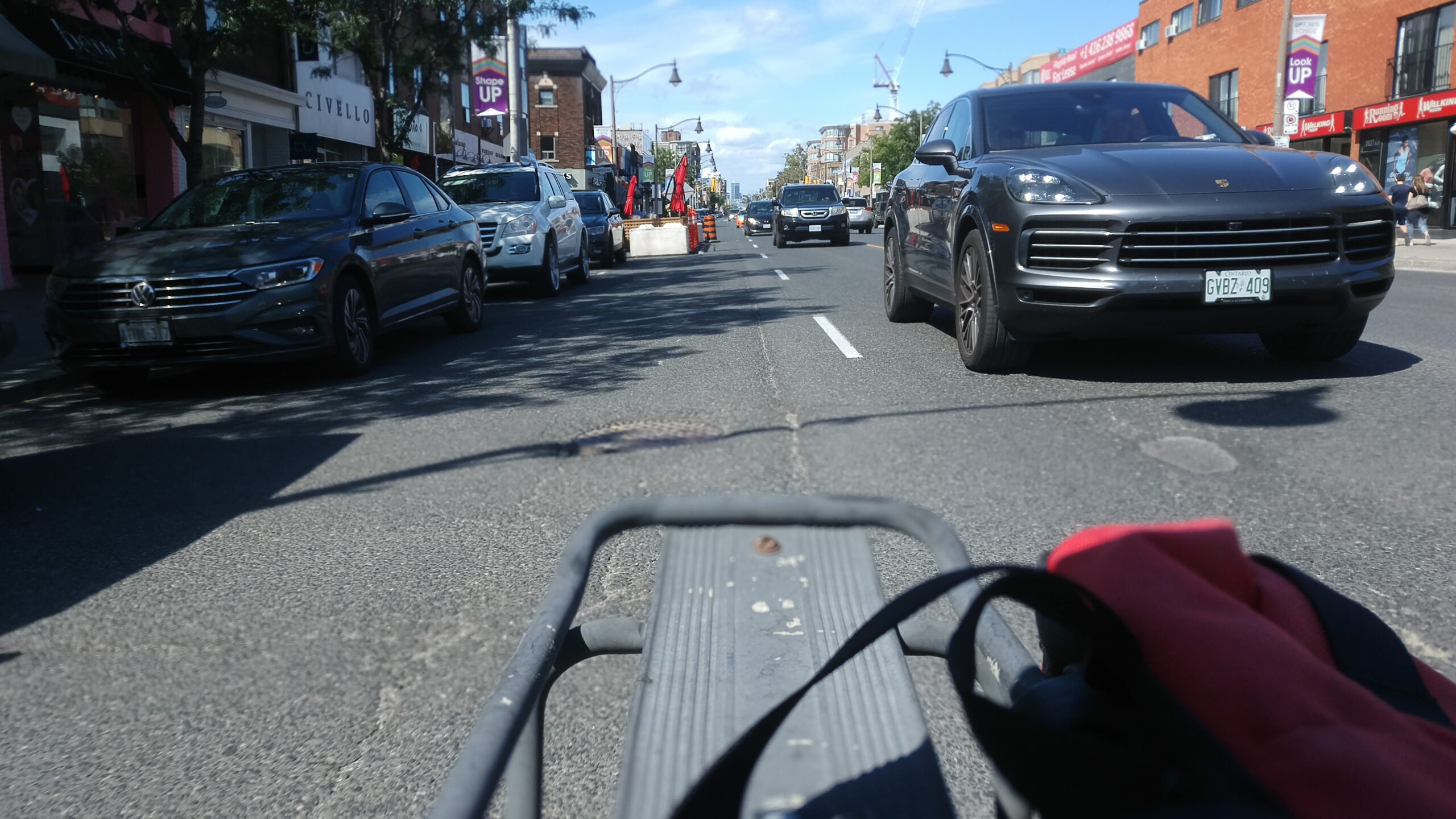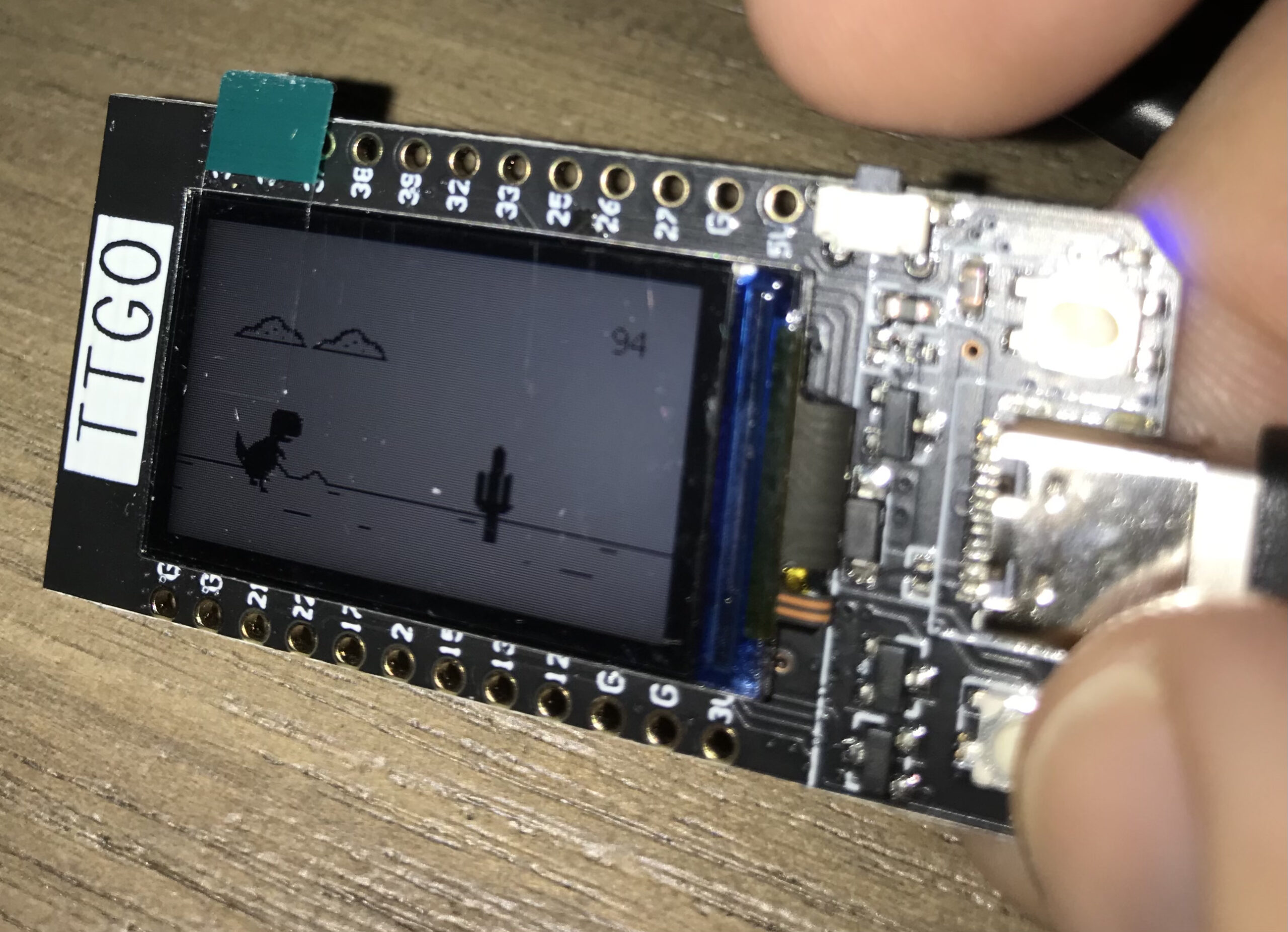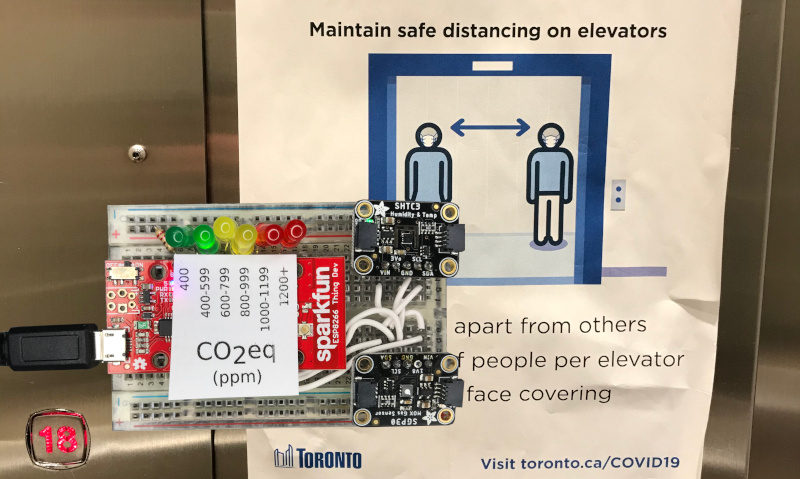Smart Dashcam for Bicycles – Part 6: Experimenting With A New Camera Platform
One of the features I have in mind for my bicycle dashcam was license plate recognition. In parts 1, 2 and 3, I experimented with the OpenALPR license plate recognition library and a couple different Pi cameras. I encountered a few challenges:
- Image quality challenges: out-of-focus images, warped images due to the “rolling shutter” of the Pi camera
- Field of view: capturing more than just the license plate
- Speed: Only able to process 1 image every 8 seconds on my Pi 3
I acquired the Luxonis Oak-D AI accelerated camera to experiment with different image sensors which could potentially address my image quality challenges, stereo vision/depth sensing provided interesting capabilities, and the AI acceleration to increase the speed. This spring, I mounted it to my bike and started capturing images on my rides.



